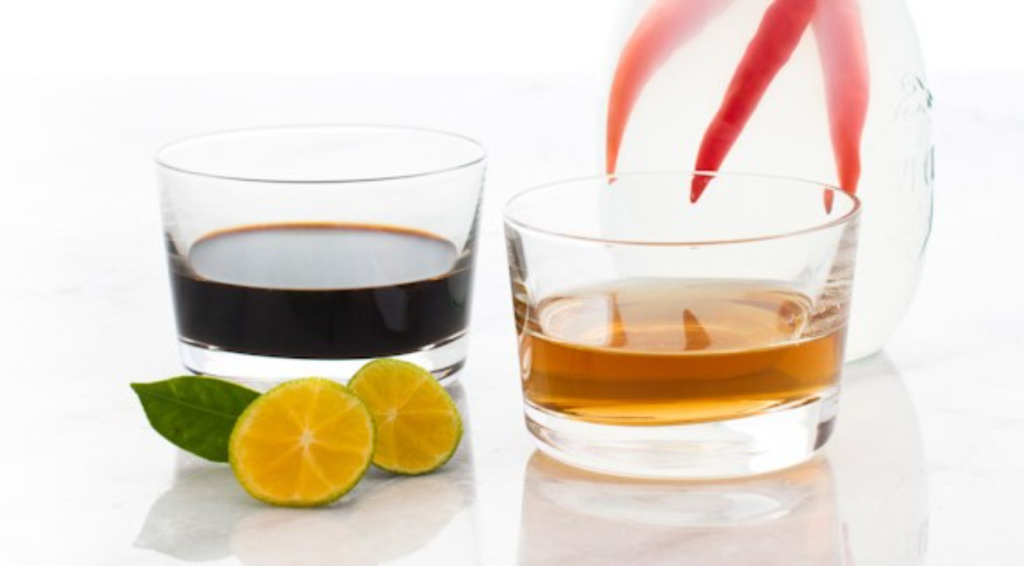
Photo credit: junbelen.com
In many parts of Asia, the humble boiled egg can be found anywhere, such as your local convenience store where it is kept warm in a steamer pan by the register. You can also walk over to the nearest corner where a street food vendor might have a few pieces left before morphing it into the ubiquitous orange-coated “kwek-kwek.” The boiled egg is our cheap, filling to-go snack. In Europe, locals may just place freshly baked bread on a random table or nestle it in their armpits, bare arms and all. But, when it comes time for eating eggs, you bring out an egg cup. It comes in a variety of designs and materials, too. Ceramic or wood, glass or silver, colored or bejeweled, its known history dates back to 3AD.
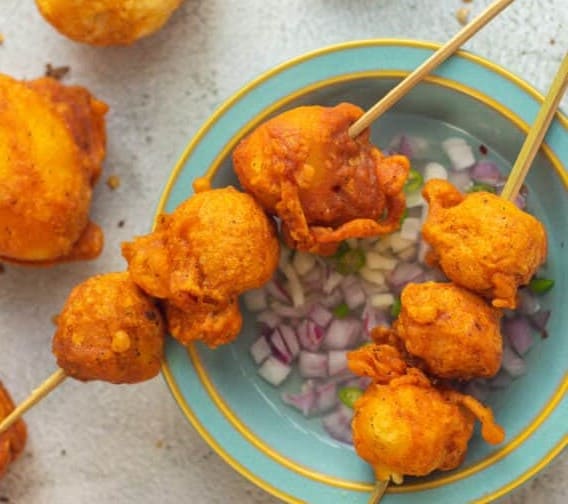
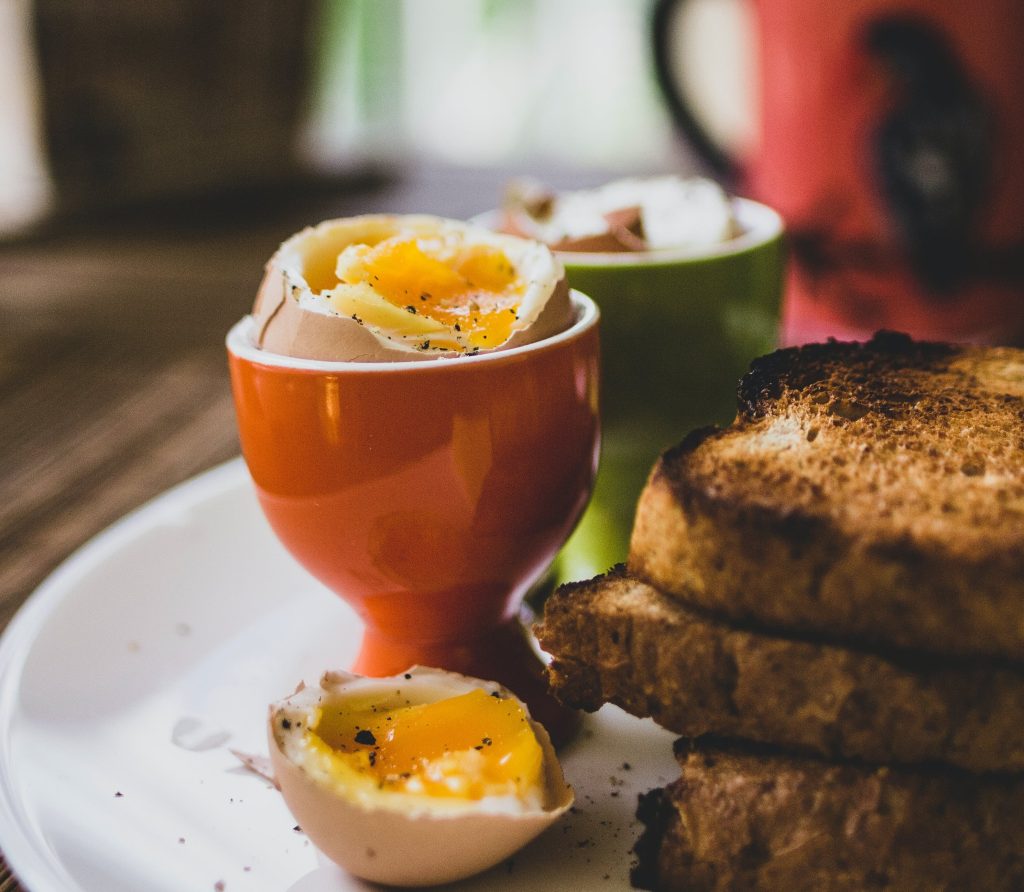
Photo credit: Kwek-kwek on sticks by simplybakings.com; and egg on cup by Krisztina Papp (via pexels.com).
A Turkish mosaic dating to the age depicted images of egg cups, while actual cups were discovered in the 1700s among the ruins of Pompeii from 79AD. The French public further popularized its use, wanting to imitate King Louis XV who had a penchant for decapitating eggs at the breakfast table. Its function lies more on being able to dip bread in the yolk easily. Pocillovy is the art of collecting egg cups, by the way.
While there is no similar art to it, Filipinos love their sauces. Cultural vanguard Doreen Fernandez, in her 2000 book, Palayok: Philippine food through time, on site, in the pot, said that the sawsawan (dipping sauce) is a distinct element of Filipino cuisine. Practically any dish, and even fresh fruit, is fair game for a dipping sauce with Filipinos. Even fine-dining restaurants have learned to acquiesce to this pedestrian food companion. There is no rich versus poor in the sawsawan psyche. At the end of the day, whether you want it sweet or sour via calamansi (Philippine lime) or suka (vinegar), savory using patis (fish sauce) and toyo (soy sauce), or banana ketchup, it all boils down to one’s regional context, flavors, and personal taste.
Since the sawsawan is there to enhance or personalize flavor profiles of dishes, they are also ideal as marinades, whether it is dairy meat, seafood, or fruits and vegetables.
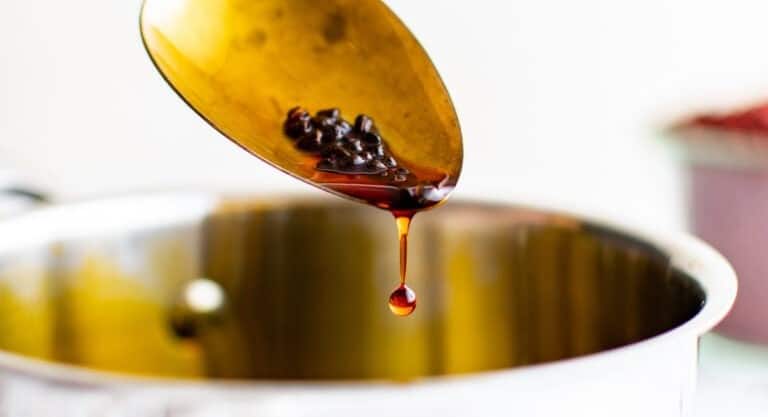
Photo credit: thenovicechefblog.com
For grilling fish or slow-cooking pork, you can try an Inasal marinade. A signature dish in the Visayas region, the inasal na manok (grilled chicken) from Bacolod uses oil infused with annatto (atsuete) seeds. The oil is brushed on the chicken as it grills until cooked with its signature dark golden hue speckled with crushed pepper. It’s a dish that goes perfectly with plain or garlic rice. Depending on how much prep time you have or how strong you want the flavors to seep into the meat, a good two hours up to overnight is suggested. Although, you can already enjoy the inasal flavor for less than an hour for marinating boneless options.
Marinade: Meat or protein of choice | vinegar | lemongrass | garlic | ginger | peppercorn | brown sugar | calamansi. Combine all in a bowl/container. Coat the meat thoroughly, then seal to marinate per desired time. Refrigerate if marinating overnight.
Basting: oil + annatto seeds. To make, heat oil over medium heat. Add the seeds to hot oil and let simmer or fry until oil turns orange. After removing from heat, strain to remove seeds before use.
Traditionally, the Chicken Inasal is grilled over coal, especially for that enhanced smoky flavor. You may use alternatives, over stove or air fryer, just make the necessary heat and measurements to suit taste.

Photo credit: shannah.home.blog
Another condiment that’s uniquely Filipino is palapa, which has its origins in Lanao del Sur province, Mindanao. It is said that no Maranao meal is complete without a serving of palapa. Treated as a side dish, it can also be used as a marinade for fish or meat. Maranao, which means “people of the lake,” is one of three indigenous peoples native to Lanao. Sakurab, a type of local scallion, is thinly chopped and mixed with turmeric, ginger, garlic, chili (labuyo), and (toasted) grated coconut. Cooked briefly or until it gets a bit dry, palapa can also be eaten raw or fresh, just like you would any green salad.
Indeed, our food reflects our culture and traditions. There is no one way to eating or preparing food as we continue to learn with the people we meet and the places we see. At the end of the day, we are all oddly normal.
Want to try these Filipino dishes, but don’t know where to start? Check out ifexconnect.com for some of the food, beverage, and other ingredients available for export to help you get started. Click here to know more.

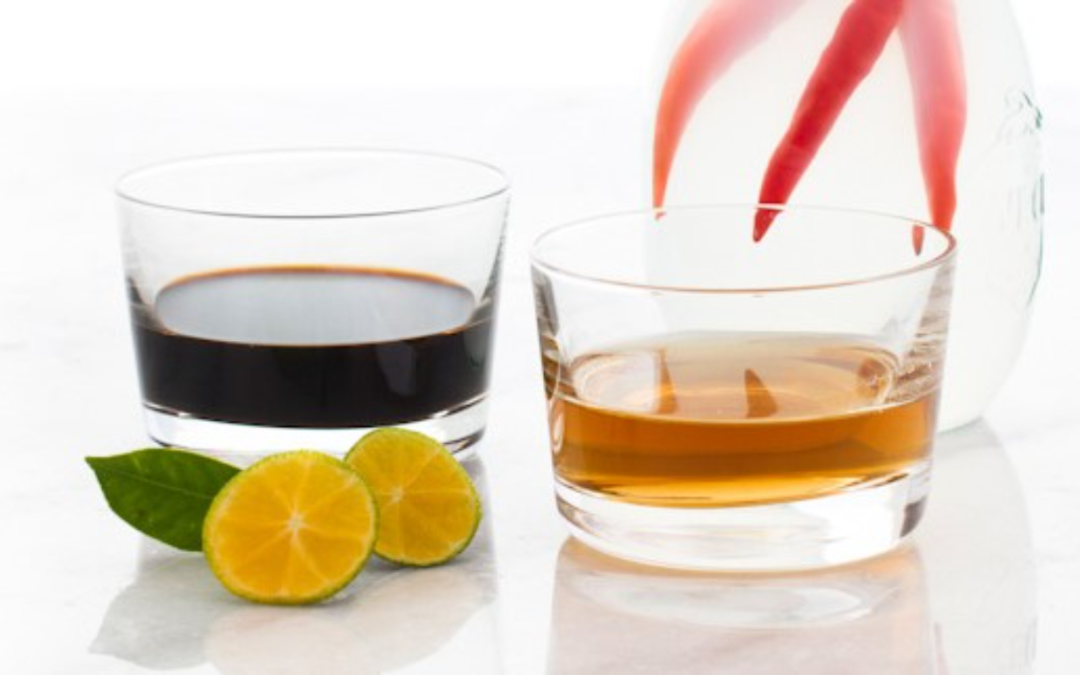
Recent Comments